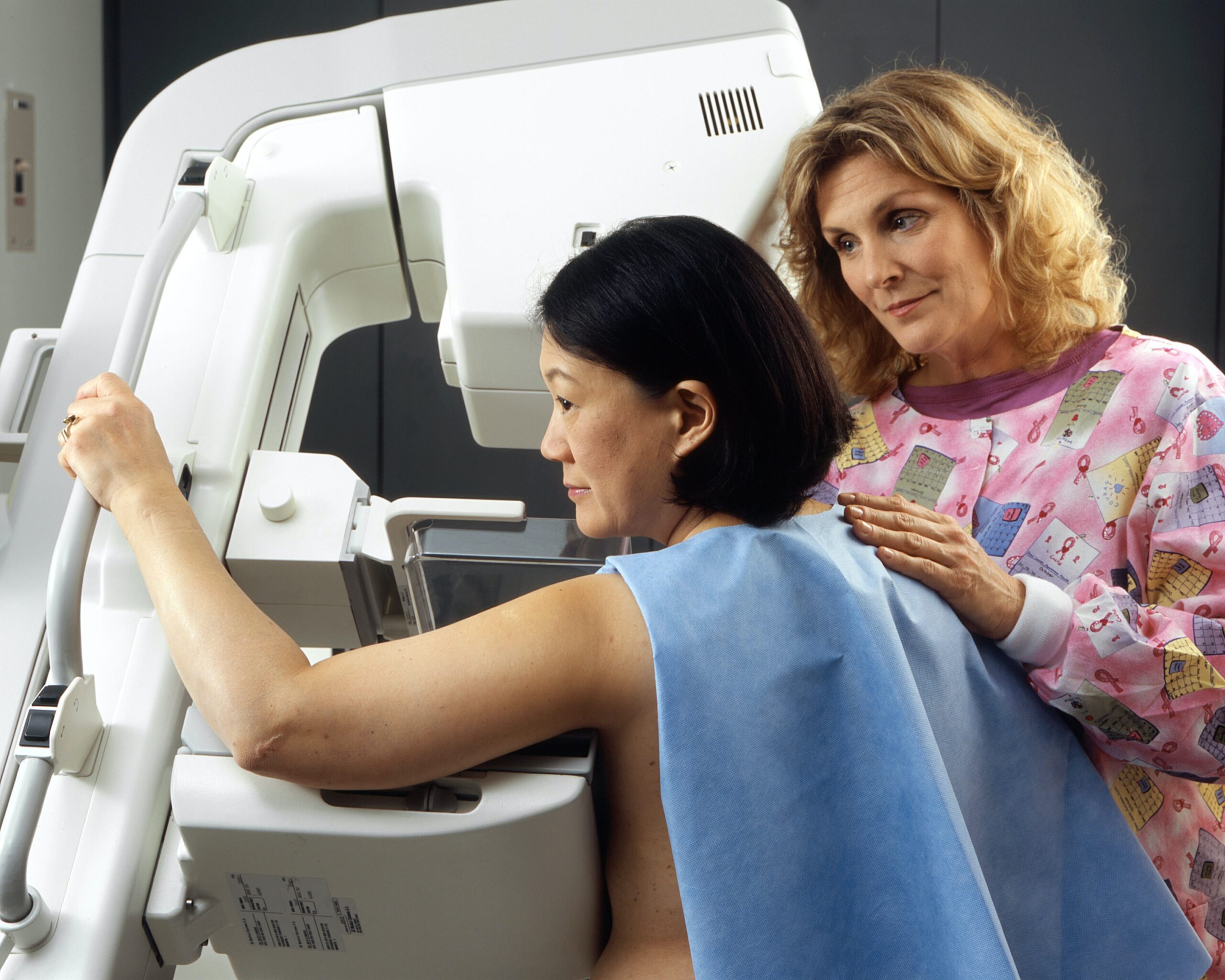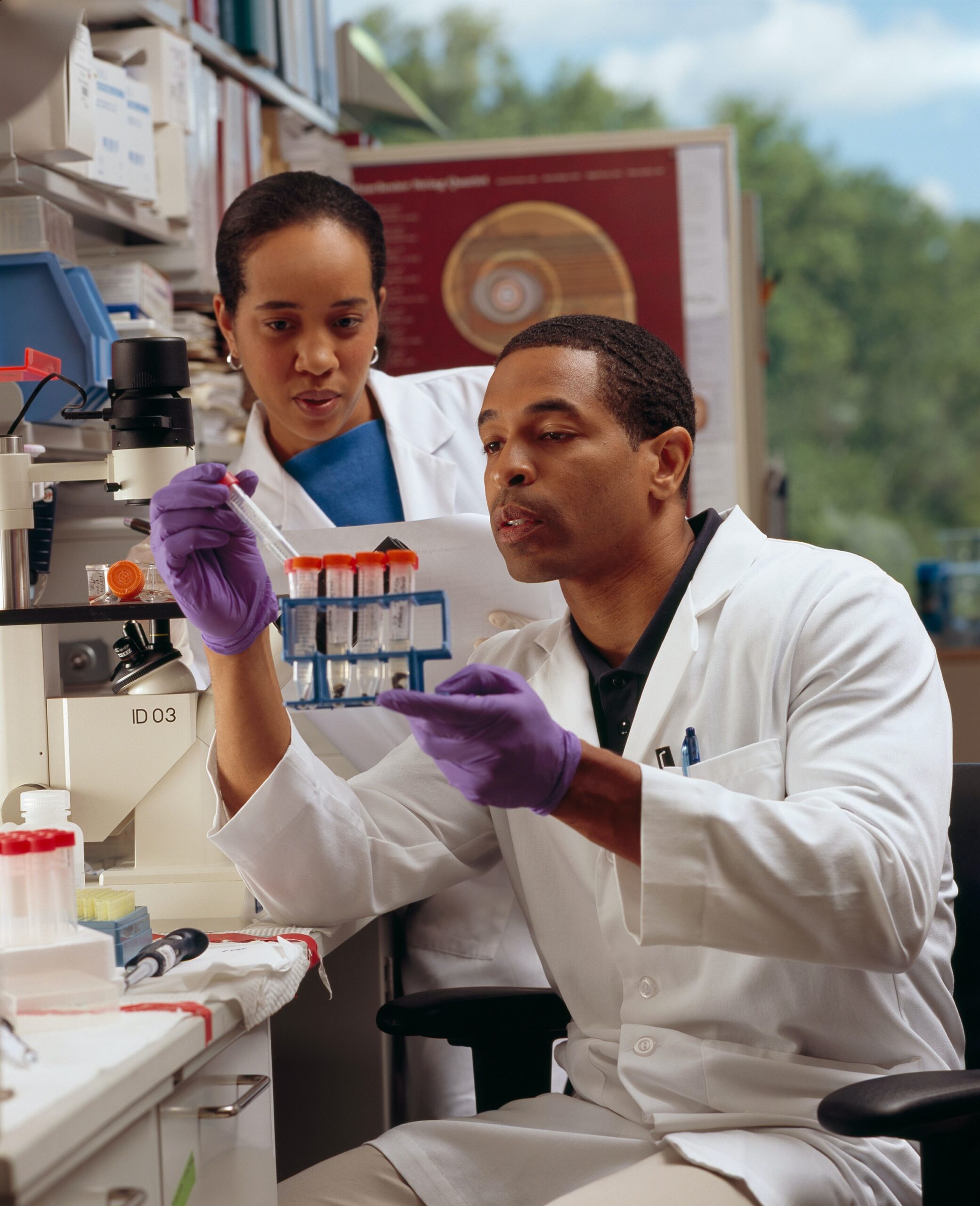Have you ever wondered what causes an enlarged prostate? It's a common concern among men as they age, and the answer lies in a combination of factors. As men grow older, the cells in the prostate gland begin to multiply, leading to an increase in size. Hormonal changes, specifically an overabundance of dihydrotestosterone (DHT), can also contribute to prostate enlargement. Additionally, genetics, lifestyle choices, and certain health conditions can play a role in the development of an enlarged prostate. In this article, we will explore these factors in more detail, helping you gain a better understanding of what causes this condition.
Understanding Prostate Anatomy
The prostate is a small, muscular gland located in the male reproductive system. It is roughly the size of a walnut and surrounds the urethra, which is the tube that carries urine and semen out of the body. The prostate plays a crucial role in reproduction by producing a fluid that nourishes and protects sperm. It is divided into several lobes and is made up of glandular tissue. Understanding the anatomy of the prostate is essential for gaining insight into its functions and potential issues.
The Role and Function of the Prostate
The prostate gland serves multiple functions within the male body. Its primary role is to produce and store seminal fluid, which makes up a significant part of semen. This fluid is essential for supporting and protecting sperm during ejaculation, aiding in their mobility and overall fertility. The prostate also contains smooth muscle tissue that contracts during ejaculation, helping propel semen and sperm out of the body. Additionally, the prostate works in coordination with other reproductive organs to regulate hormone levels, specifically androgens, which are crucial in maintaining male sexual characteristics and functions.
Location and Size of the Prostate
The prostate gland is situated just below the bladder and in front of the rectum. Its location allows it to have direct contact with many surrounding structures, including the bladder, urethra, and pelvic floor muscles. The size of the prostate can vary among individuals and may change as a man ages. On average, the prostate gland is about the size of a walnut, weighing between 20 and 30 grams. However, it is important to note that the size of the prostate does not necessarily indicate an issue or enlargement. Mechanisms such as hormonal changes and lifestyle factors can influence the size of the prostate gland.
The Normal Aging Process
As men age, their bodies undergo various changes, including those that affect the prostate gland. It is essential to understand the impact of aging on prostate growth to gain insight into common issues such as prostate enlargement.
The Impact of Aging on Prostate Growth
Aging is closely linked to changes in the prostate gland, and for many men, this involves an increase in size. It is estimated that about 50% of men in their 50s and up to 90% of men in their 80s will experience some degree of prostate enlargement. This condition, known as benign prostatic hyperplasia (BPH), is considered a natural part of the aging process. It occurs when the prostate gradually enlarges, causing compression and narrowing of the urethra, leading to urinary symptoms. While BPH is common, it is important to note that not all men will experience significant enlargement or bothersome symptoms.
Hormones and Prostate Enlargement in Aging Men
Hormones play a vital role in the growth and development of the prostate, and changes in hormone levels are often associated with prostate enlargement in aging men. Specifically, a decline in the levels of testosterone, the primary male sex hormone, and an increase in the levels of estrogen may contribute to prostate growth. Testosterone is converted to a more potent form called dihydrotestosterone (DHT) by an enzyme called 5-alpha reductase. DHT stimulates the growth of prostate cells, and an imbalance between testosterone and estrogen can disrupt the delicate hormonal equilibrium in the prostate, potentially leading to enlargement.

Genetics and Family History
Just as genetics influence various aspects of our health, they also play a role in prostate enlargement. Understanding how genetics contribute to this condition can provide valuable insights into prevention and treatment strategies.
How Genetics Play a Role in Prostate Enlargement
Research has shown that genetic factors contribute to a man's likelihood of developing an enlarged prostate. Certain variations in genes involved in hormone metabolism and cell growth regulation can increase the risk of prostate enlargement. Additionally, genetic factors can determine the rate at which the prostate grows and interacts with other factors such as hormone levels and inflammation. While genetics alone do not determine the development of an enlarged prostate, they can significantly influence an individual's susceptibility to this condition.
The Influence of Family History on Prostate Size
Family history is an essential factor to consider when evaluating the risk of prostate enlargement. Men with a family history of BPH or prostate cancer are more likely to develop an enlarged prostate themselves. This increased risk suggests a genetic component to prostate enlargement. If a man's father or brother has experienced prostate enlargement, it is important for him to be vigilant about monitoring his own prostate health and discussing potential preventative measures with his healthcare provider.
Race and Ethnicity
Studies have shown that there are differences in prostate enlargement rates among races and ethnicities. Exploring these variances can provide valuable insight into the underlying factors influencing prostate health.
Studies Showing Prostate Enlargement Differences in Races
Research has indicated that Asian men tend to have lower rates of prostate enlargement compared to Caucasian, African-American, and Hispanic men. Additionally, some studies have shown that African-American men have a higher risk for developing more severe forms of prostate enlargement that may require earlier intervention. These racial and ethnic differences may be influenced by a combination of genetic factors, hormonal profiles, and environmental influences, but further research is needed to fully understand these disparities.
Reasons for Racial and Ethnic Variances in Prostate Enlargement
While the exact reasons for racial and ethnic variances in prostate enlargement are not yet fully understood, several factors may contribute to these differences. Hormonal variations, genetic predispositions, and environmental factors such as diet and lifestyle habits all play a role in prostate health and may differ among different racial and ethnic groups. Socioeconomic factors and healthcare access may also influence the observed differences in prostate enlargement rates. Future research is necessary to gain more comprehensive knowledge about these disparities and develop targeted prevention and treatment strategies.

Lifestyle Factors
Certain lifestyle factors can influence prostate health, including the size and condition of the prostate gland. Making informed choices regarding diet, exercise, and substance use can significantly impact prostate health.
Impact of Diet and Nutrition on Prostate Size
A balanced and nutritious diet is key to maintaining prostate health. Studies have suggested that a diet rich in fruits, vegetables, whole grains, and lean proteins may help reduce the risk of prostate enlargement. Specific components such as lycopene, found in tomatoes and other red fruits, and omega-3 fatty acids, commonly found in fish, may have protective effects on the prostate gland. On the other hand, a diet high in processed foods, saturated fats, and calcium may increase the risk of prostate problems. Adopting a healthy, well-rounded diet can contribute to overall prostate health.
Exercise and its Relationship to Prostate Health
Regular physical activity has been associated with a reduced risk of prostate enlargement. Engaging in moderate-intensity exercises such as brisk walking, jogging, or cycling can help maintain a healthy weight and reduce the risk of obesity, which has been linked to an increased risk of prostate problems. Exercise also improves blood flow and circulation, supporting overall prostate health. Additionally, studies have suggested that regular exercise may help regulate hormone levels, which can further benefit the prostate.
Alcohol and Tobacco Use and Prostate Enlargement
Alcohol consumption and smoking have been associated with an increased risk of prostate enlargement. Excessive alcohol intake can lead to inflammation and oxidative stress, which can have detrimental effects on prostate health. Similarly, smoking exposes the body to harmful substances that can damage the prostate gland over time. Quitting smoking and moderating alcohol consumption can significantly contribute to prostate health and reduce the risk of enlargement.
Hormonal Imbalance
Hormones are closely linked to prostate growth, and an imbalance in hormone levels can contribute to prostate enlargement. Understanding the role of hormones, particularly estrogen and androgens, is essential for comprehending the mechanisms behind this condition.
Understanding the Role of Hormones in Prostate Growth
Hormones play a crucial role in the development, growth, and regulation of the prostate gland. Androgens, such as testosterone, are essential for the normal functioning of the prostate. However, an excess of androgens or an imbalance between androgens and other hormones can lead to abnormal prostate growth. Estrogen, a female sex hormone, is also present in small amounts in men and can influence prostate size and function. Understanding the intricate balance between hormones is crucial for maintaining a healthy prostate.
Estrogen and Androgens Influence on Prostate Size
While testosterone is often associated with male sexual characteristics, it is the conversion of testosterone to dihydrotestosterone (DHT) that primarily affects the prostate. DHT is a much more potent androgen and stimulates prostate cell growth. On the other hand, estrogen has been shown to have an inhibitory effect on prostate growth. An imbalance between these hormones, such as a decrease in testosterone or an increase in estrogen, can disrupt the delicate equilibrium and contribute to prostate enlargement. Hormone therapy may be used to address these imbalances and manage prostate enlargement in some cases.
Inflammation and Infection
Inflammation and infection can have a significant impact on prostate health and may contribute to the development of prostate enlargement. Understanding the potential links between chronic prostatitis, urinary tract infections, and prostate size is essential for comprehensive prostate health care.
Chronic Prostatitis and Potential Link to Prostate Enlargement
Chronic prostatitis, characterized by long-term inflammation of the prostate gland, may contribute to prostate enlargement. The inflammation and subsequent tissue damage can disrupt the normal growth patterns of the prostate cells. Chronic prostatitis can vary in severity and may lead to bothersome urinary symptoms and discomfort. Proper diagnosis and management of chronic prostatitis are essential to prevent potential complications, including prostate enlargement.
Urinary Tract Infections and the Impact on Prostate Size
Urinary tract infections (UTIs) can also have implications for the prostate gland. Infections that spread from the urinary tract to the prostate can cause inflammation and lead to enlargement. The body's immune response to the infection can trigger an inflammatory cascade, which can disrupt the normal growth patterns of the prostate cells. Prompt diagnosis and treatment of UTIs are crucial to prevent complications and ensure optimal prostate health.
Medical Conditions
Certain medical conditions can contribute to the development and progression of prostate enlargement. Understanding these connections is vital for comprehensive prostate health care.
Health Conditions that Cause Prostate Enlargement
Several health conditions can contribute to prostate enlargement. Some examples include obesity, diabetes, and heart diseases. Obesity can lead to hormonal imbalances, inflammation, and increased pressure on the pelvic area, all of which may contribute to prostate enlargement. Diabetes, specifically uncontrolled diabetes, can affect nerve function and blood flow, potentially impacting prostate health. Heart diseases, including conditions that affect blood vessels and circulation, can also influence prostate size and function. Addressing and managing these underlying health conditions can help prevent or manage prostate enlargement.
Exploring the Connection Between Diabetes and Prostate Enlargement
Research has suggested a link between diabetes and an increased risk of prostate enlargement. The exact mechanisms behind this connection are not yet fully understood, but it is believed that fluctuations in blood sugar levels, changes in hormone levels, and impaired blood flow can all contribute to prostate enlargement in individuals with diabetes. Managing diabetes through proper diet, exercise, and medication can be critical in maintaining optimal prostate health.
The Effect of Heart Diseases on Prostate Size
Heart diseases, such as atherosclerosis and hypertension, can impact blood flow and circulation throughout the body, including the prostate gland. Decreased blood flow to the prostate can hamper its normal functioning and potentially lead to enlargement. Additionally, certain cardiovascular medications may have side effects that impact the prostate. Maintaining cardiovascular health through lifestyle changes, medication, and regular monitoring can help prevent or manage prostate enlargement.
Medication and Treatment Side Effects
Certain medications and treatments can influence prostate size and contribute to prostate enlargement. Understanding these potential side effects is crucial for individuals undergoing treatment or considering medication options.
Pharmaceutical Influence on Prostate Size
Some medications, including certain alpha-blockers used to manage hypertension or urinary symptoms, can have an impact on prostate size. These medications work by relaxing the muscles around the prostate and reducing urinary symptoms associated with enlargement. While they can provide symptomatic relief, their effects on the size of the prostate gland itself may vary. It is essential for individuals to discuss potential side effects with their healthcare provider when considering medication options.
The Impact of Testosterone Therapy on Prostate Enlargement
Testosterone therapy, often used as a treatment for low testosterone levels, may have implications for prostate health. There has been concern that testosterone therapy may promote prostate growth or potentially exacerbate existing prostate enlargement. However, research on the topic has yielded conflicting results, and the effects of testosterone therapy on the prostate are not yet fully understood. It is important for individuals considering testosterone therapy to have a thorough discussion with their healthcare provider about the potential risks and benefits.
Prevention and Treatment Options
Taking proactive steps to maintain optimal prostate health can help prevent or manage prostate enlargement. Understanding current prevention and treatment options, as well as ongoing research in the field, is crucial for individuals concerned about their prostate health.
Strategies for Preventing Prostate Enlargement
While it may not be possible to completely prevent prostate enlargement, certain strategies can help mitigate the risk and promote overall prostate health. Regular exercise, maintaining a healthy weight, and adopting a balanced diet rich in fruits, vegetables, and lean proteins can contribute to prostate health. Avoiding excessive alcohol consumption and refraining from smoking are also important. Regular prostate screenings and discussions with healthcare providers can help detect and address any potential issues early on. It is important for individuals to be proactive about their prostate health and consult with their healthcare provider about personalized prevention strategies.
Current Treatment Options for Prostate Enlargement
For individuals experiencing bothersome symptoms related to prostate enlargement, several treatment options are available. These may include medications, lifestyle modifications, minimally invasive procedures, or surgery, depending on the severity and impact of the symptoms. Alpha-blockers, 5-alpha-reductase inhibitors, and other medications are commonly used to manage urinary symptoms. Lifestyle modifications such as dietary changes, exercise, and bladder training can also be beneficial. In more severe cases, minimally invasive procedures such as transurethral resection of the prostate (TURP) or prostate artery embolization (PAE) may be recommended. Surgical options, including prostatectomy, are considered for individuals with severe symptoms or complications. Consulting with a healthcare provider is essential to determine the most appropriate treatment options based on individual circumstances.
Future Research in Prostate Health
Ongoing research in the field of prostate health continues to shed light on various aspects, including prevention, treatment, and underlying mechanisms of prostate enlargement. Researchers are investigating new potential therapies, such as targeted drug delivery systems and novel medications, to address prostate enlargement with increased precision and efficiency. Furthermore, studies are focused on identifying additional risk factors and protective factors that may influence prostate health. This ongoing research has the potential to enhance our understanding of prostate health and lead to innovative approaches in prevention and treatment.

